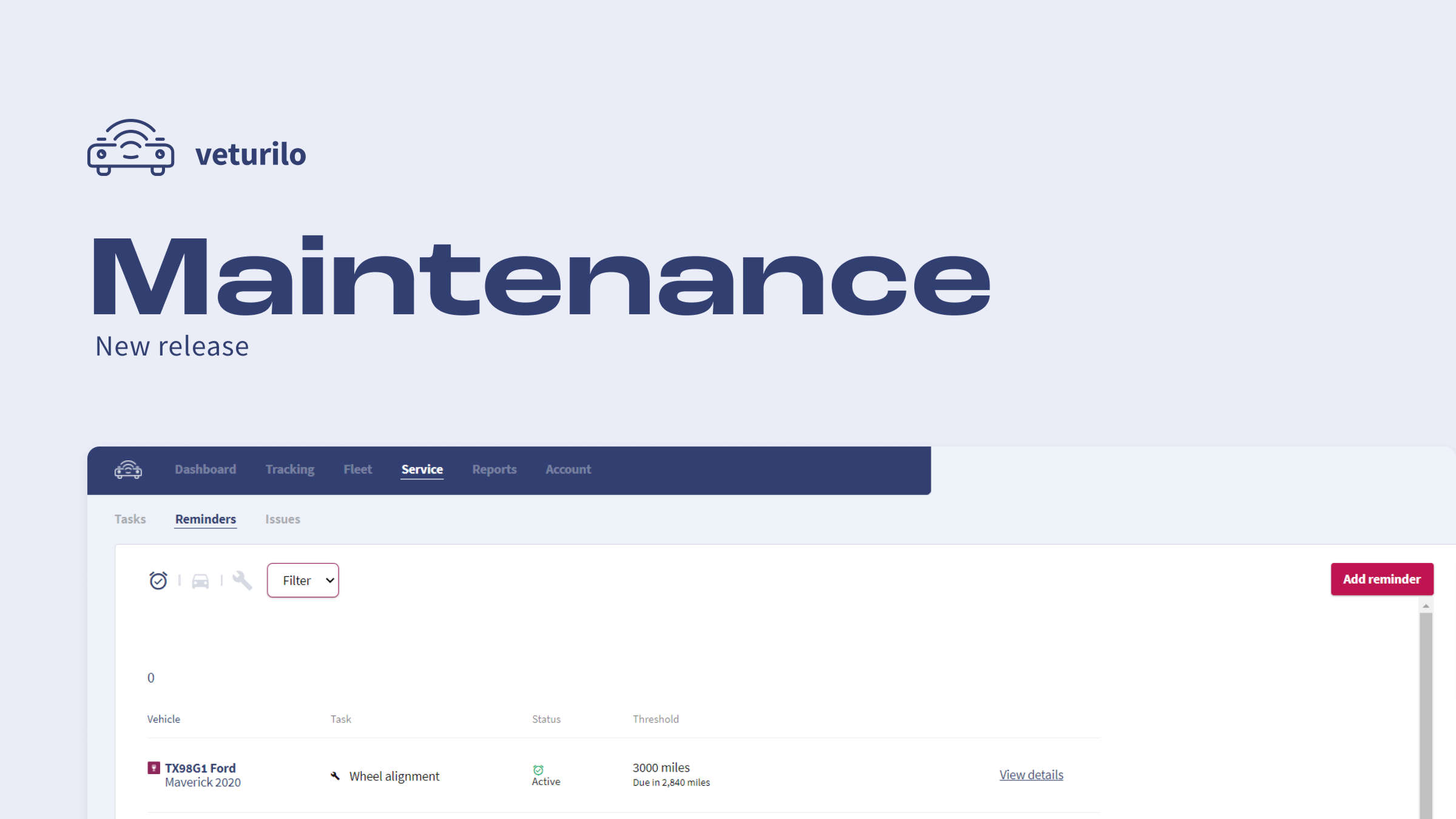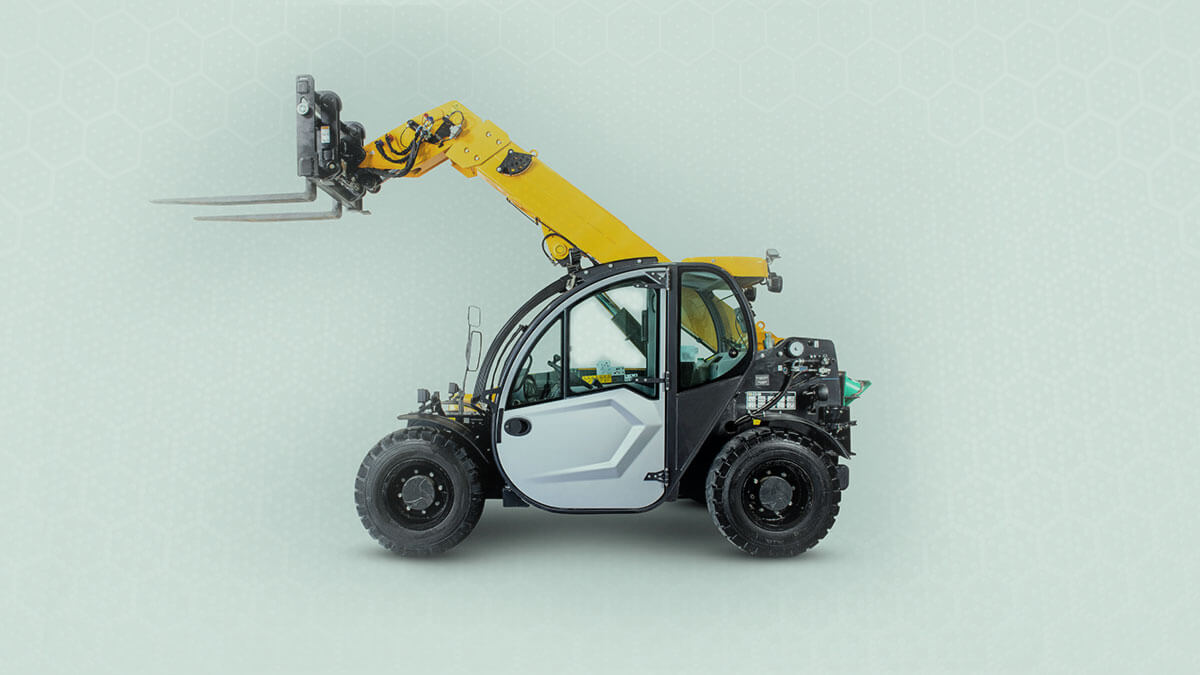
Do you keep receiving more requests to serve customers than you can handle with your existing vehicles and drivers? Do numbers and data in general agree that it’s time grow? If yes, we have prepared a short guide with some of the basic parameters you need to keep in mind before you get started preparing to expand your small fleet of vehicles.
Five things to keep in mind before you grow your fleet of vehicles
1. Set your goals and plan ahead
You need to have a clear-cut plan. And you should ask yourself these questions: What is your goal? What drives your decision? Why do you plan to make that move? You may have new customers you are unable to serve with your existing resources. Or, perhaps, there’s a new cooperation in sight (you might join forces with a partner and need a few additional vehicles). Then again, do you plan on starting a new department? Is this request a permanent or a temporary one? Is it urgent? If for example, there’s a need for a few extra routes during Christmas, there’s probably no need to buy new vehicles. In that case short-term leasing is enough to temporally grow your fleet of vehicles.
2. Scalability
What is your starting point and where do you want to go? In other words, are you growing from one, two, or a few vehicles and what’s your goal? Obviously, going from one to two vehicles is way more different than going from ten to thirty. The size of your fleet of vehicles affects your decisions in terms of planning, budget and many other aspects you need to take into account. Add new vehicles gradually and see how it goes before you go on a full-fledged spending spree.
3. Budget and bureaucracy issues, you need to take into consideration
Money makes the world go round. That’s right. So, how do you plan to handle your financials regarding this costly venture? Are your revenues enough to support it? Do you plan to apply for a loan? And what about your vehicles’ insurance costs? It may be wiser for you — since you plan to grow to a larger fleet — to look for the next tier of insurance plans and find one that will be more cost-efficient. The same goes for your drivers’ insurance costs as maybe you’ve outgrown the level of coverage described in your existing policy. All of these issues need some careful planning.
4. How to get a new fleet of vehicles
Let’s begin with the options available:
- Mechanical state of the vehicle: Old/used or new
- Make and model: trusted ones or new models with extra functionalities
- Vehicle ownership: owned or leased
How are you going to handle your business’ main asset? Are you planning to take the beaten path and stick to the strategy you’ve preferred so far? Or do you plan to add new vehicles under different criteria? For instance, does a grey-fleet alternative sound more attractive to you?
Regardless of your choice over the mechanical state of the vehicles, be it used or new; regardless of the type of vehicles, be it new models or models you trust, you also need to take into consideration any additional maintenance costs.
And that, of course, will also affect your fleet maintenance procedures and costs, as well. For example, you may elect to change the way you manage maintenance so far. Whether you choose to outsource your fleet maintenance as non-manageable anymore or you plan to extend your premises after doubling your fleet of vehicles, your plans for a new parking lot could be combined with an in-house repair shop. That will also save you time and money, in the long run.
5. Grow your workforce in parallel with your fleet of vehicles
Growing your fleet of vehicles means that you need to augment your workforce as well. So, the first thing you need to take care of, regarding your new personnel, is the hiring process. A trivial tactic to follow is probably ask for some referrals from the drivers already working in your business. Hiring new drivers is a quite challenging task, but once you have a list of “available for hiring” drivers, then you’re ready to take it to the next step. So, learn all you can about them and make sure you use well designed criteria to help you make the right decision.
After this first step is over, it’s time for the induction process. And then when you’ve finally got your drivers up to speed and ready to get started, you need to take care of the shifts schedule and make a few decisions regarding matching drivers to vehicles — or routes. For example, it would be wiser to ‘assign’ new drivers to less-demanding routes or vehicles that easier to operate.
Look before you leap
All in all, these points above can only start to describe what it takes to get started growing your fleet of vehicles. And if there’s one person that knows better what’s the best next move for your fleet business it’s you, as a fleet owner. So, get out get there do all the research you need, consult experts (accountants, insurers, etc) if needed, and go forth to make it happen.


